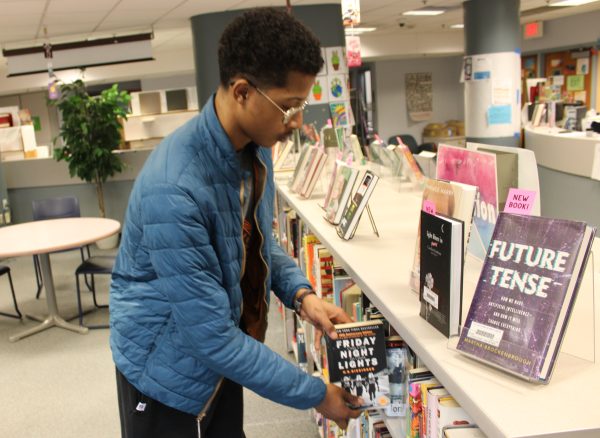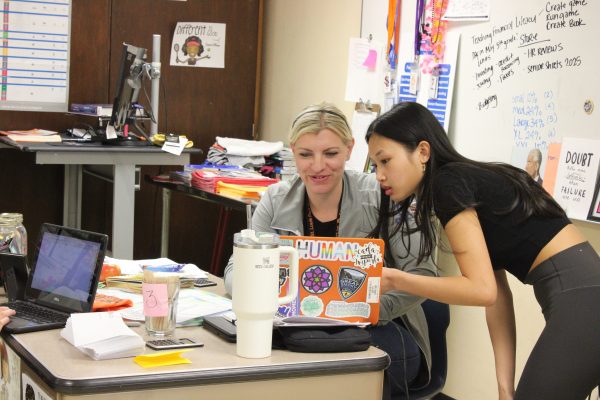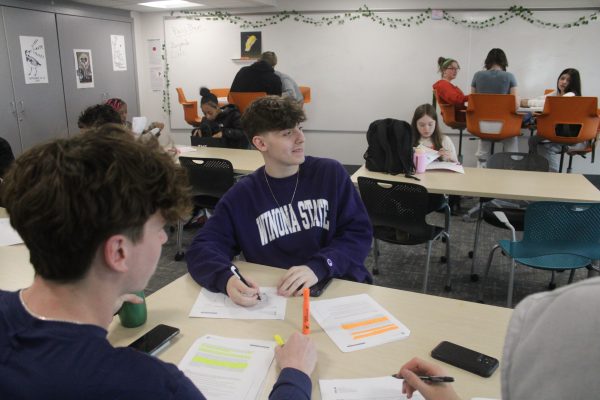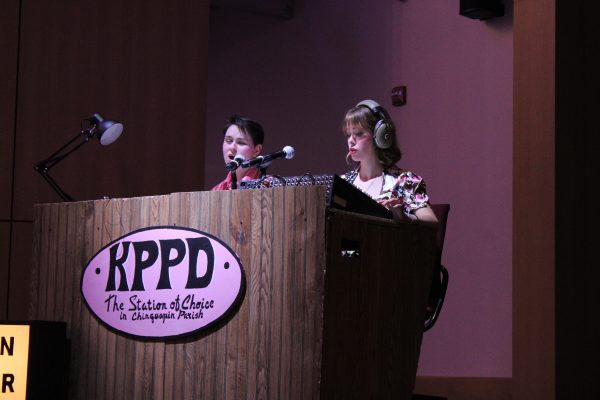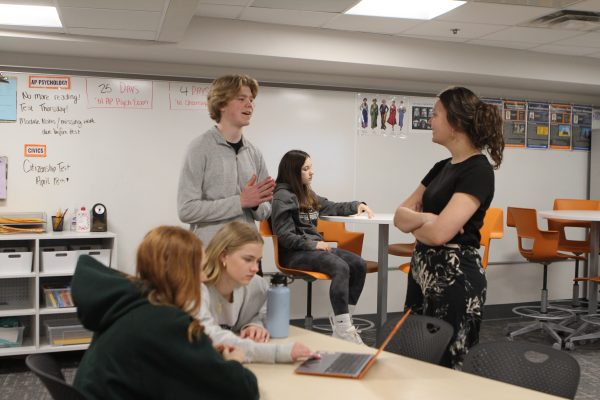An open letter to my future school
December 11, 2013
From the moment I turned in my PSAT with the box checked allowing schools to mail and email me, I knew I made a grave mistake. Since that day, I have unsubscribed to every college email, and they still pour in every day from schools I didn’t know existed.
In recent years, colleges have stepped up their marketing game. A 2010 Lipman Hearne study reveals schools with 2,000 to 5,999 students increased their marketing budget 100 percent in the period from 2001 to 2010 while smaller and larger institutions display similar trends. But where does this money come from? Tuition, of course, among other sources.
Still more frightening, public college tuition across the country rose an average of 42 percent while private school tuition rose more than 30 percent in the same span, according to the National Center for Education Statistics.
“Think of all these trees!” I say to myself, recycling countless brochures, packets, pamphlets and anything else these schools send my way. I’m constantly bombarded with this information, and in the rare event that I take time to view it, my observations puzzle me: for as much as schools spend on marketing themselves over other institutions, the information they present is shockingly similar. Even visiting school campuses and talking directly to admissions officers leaves me with only a vague idea of what differentiates the rest, other than its mascot and location.
Maybe colleges struggle in differentiating themselves from similar schools because they have so few differences in the first place. The education at one large research university differs very little from the learning at another, and while experiences may differ slightly, most college graduates will say choosing one post-secondary institution over another didn’t drastically impact the course of their life.
This reality makes it arduous for applicants to select schools that match their exact interests, but students can take steps to compile a list of schools where they’d be happiest. First, applicants must picture the experience they’d like academically, socially and geographically, and begin research from there.
In researching, consult students at the colleges themselves or a book of student reviews as these give the most honest insight into the culture of different schools. Most importantly, if applicants find themselves staring at that box on the PSAT allowing schools to contact them directly, they should do the Gmail servers a favor and leave that box of doom unchecked.



